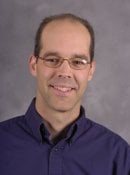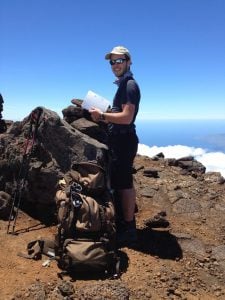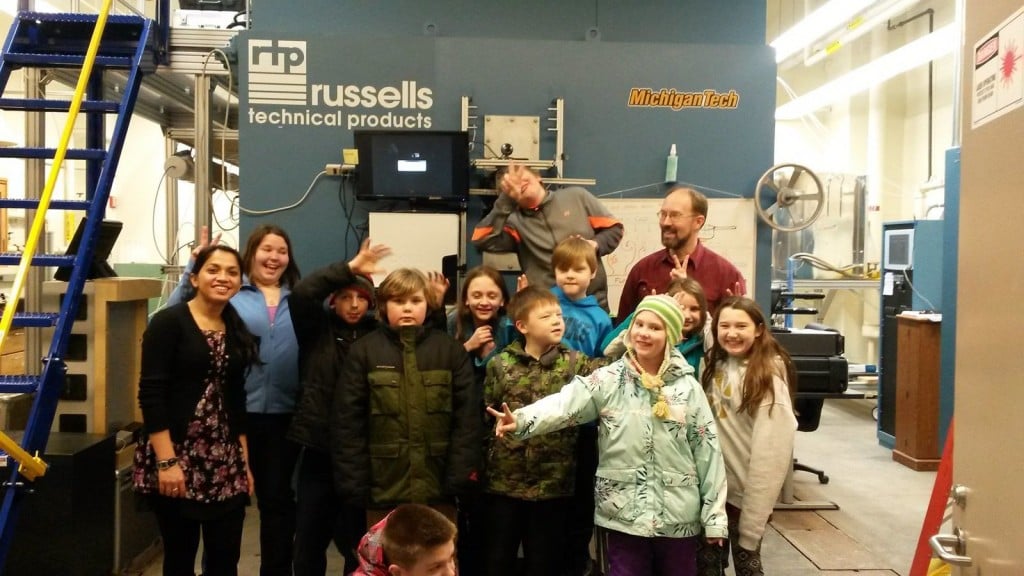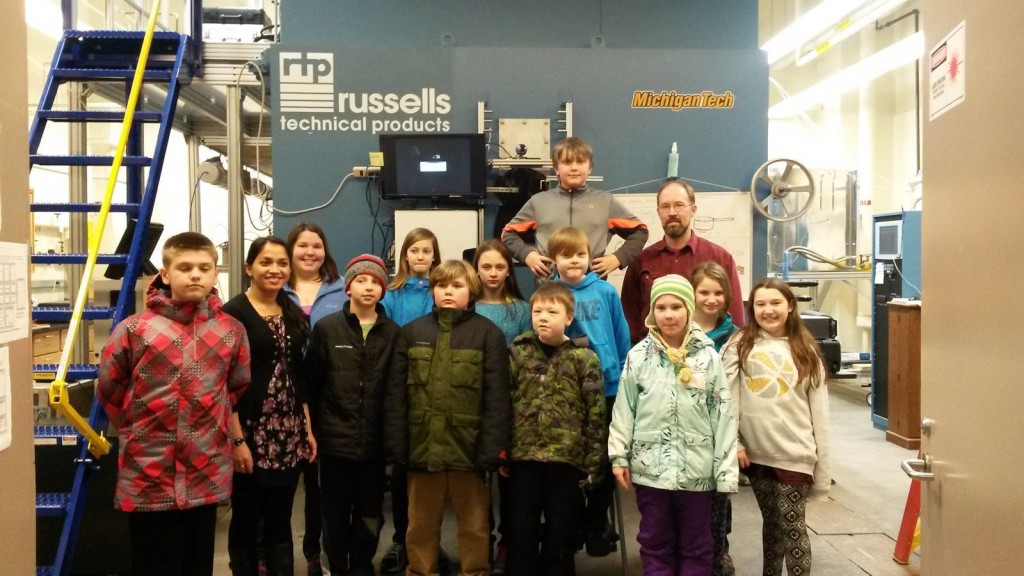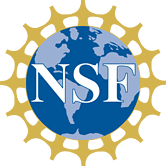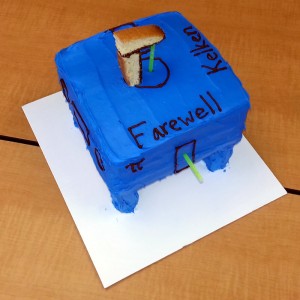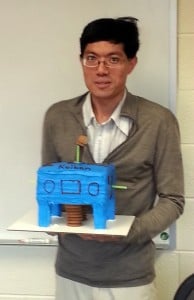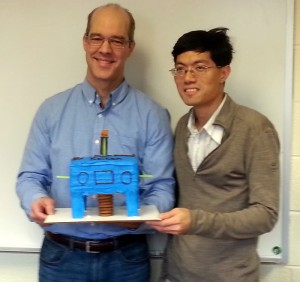News outlets around the world cove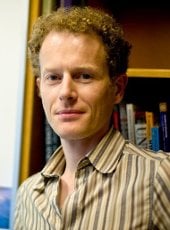 ring the Mosul, Iraq fires quoted Simon Carn (GMES and Atmospheric Sciences) for his work in sulfur dioxide emissions.
ring the Mosul, Iraq fires quoted Simon Carn (GMES and Atmospheric Sciences) for his work in sulfur dioxide emissions.
The original story was posted by NASA’s Earth Observatory along with satellite images; news outlets include ABC News, Nature World News, Yahoo News and a number of science blogs.
